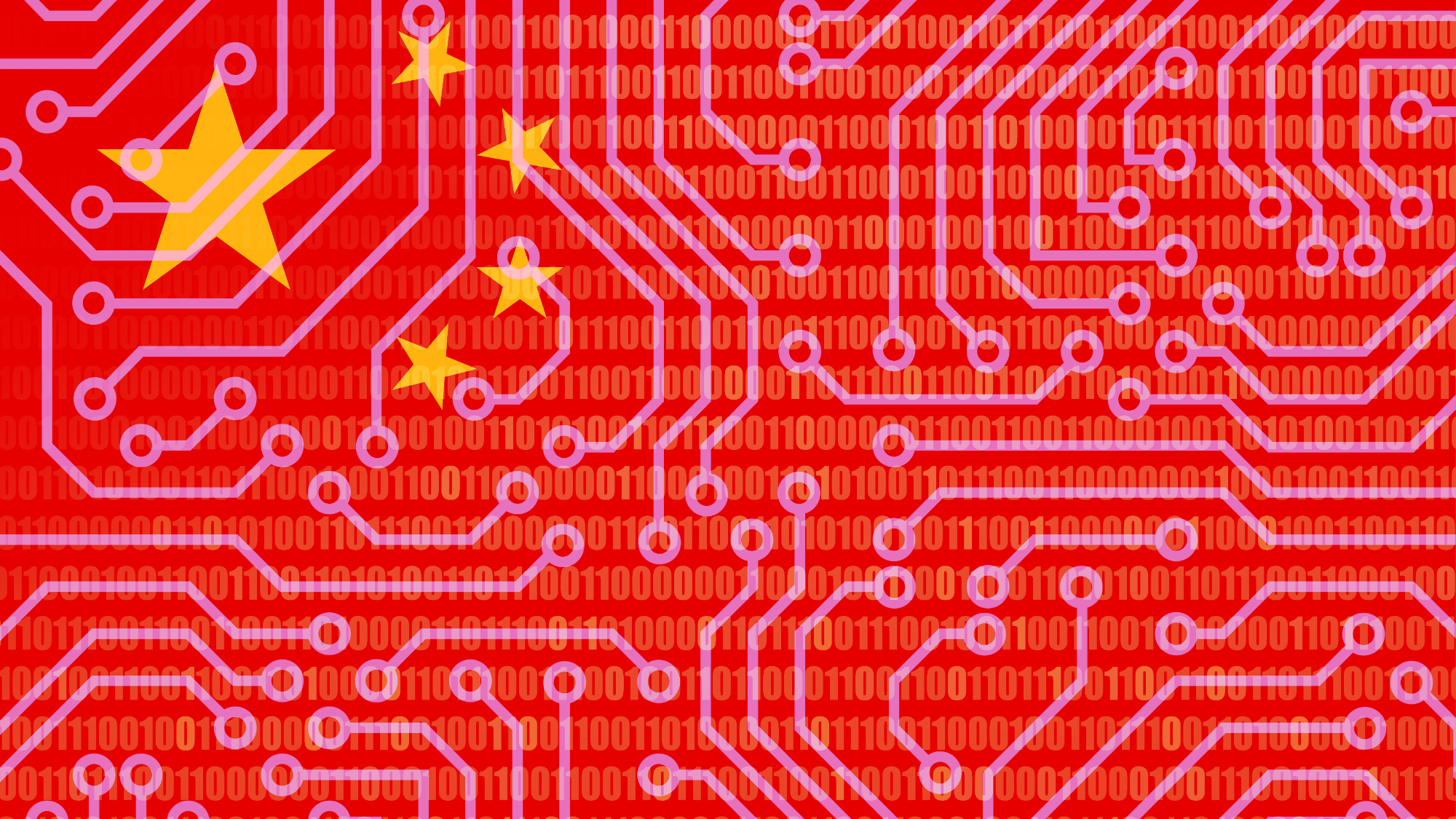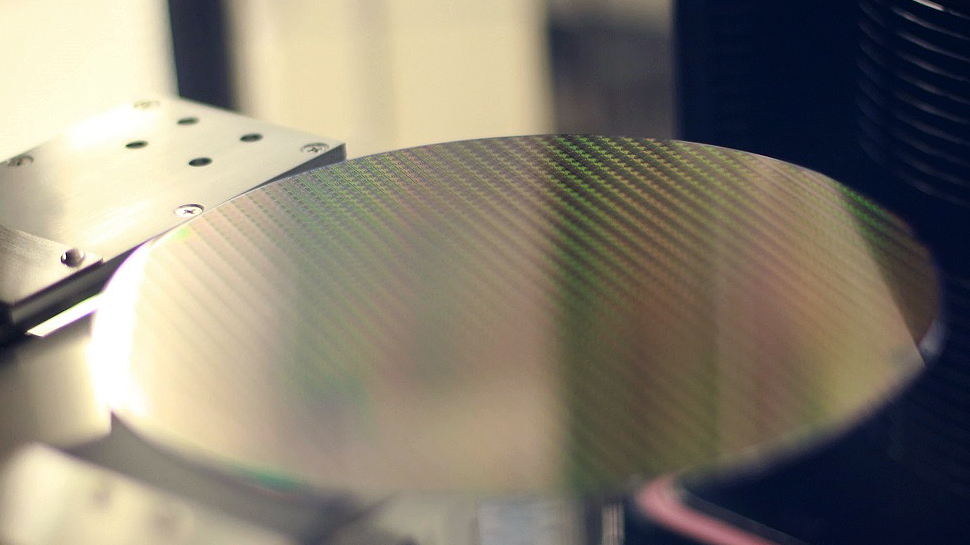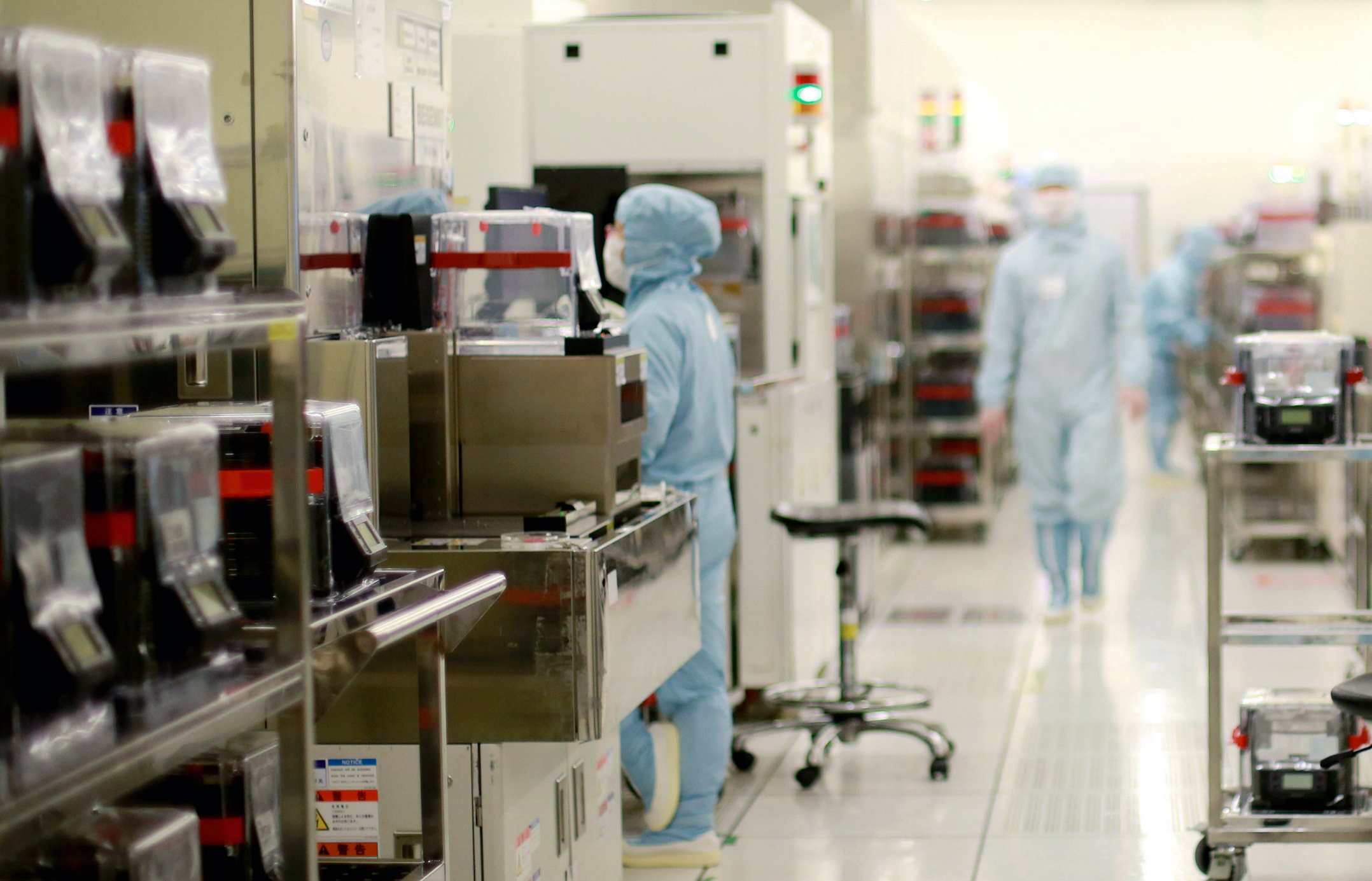The U.S. and China are engaged in a race over chip development — both countries are racing to build infrastructure
Both superpowers are building up chip development capabilities while trying to reduce dependencies upon one another.

The U.S. and China are locked in an unprecedented race over semiconductor technology, driven by national security concerns, economic competitiveness, and the belief that control of advanced chips will determine global leadership in the decades ahead. Chips are the foundation of everything from smartphones and data centers to fighter jets and the energy grid, as well as powering the AI tech both Washington and Beijing see as critical for future military and economic power.
The rivalry has intensified in recent months as both sides have recognised vulnerabilities in their supply chains. The U.S., home to most chip design and high-end equipment companies, grew wary of depending on global manufacturing concentrated in East Asia – especially as China poured hundreds of billions into building its own chip industry, and constantly threatens invasion of Taiwan, where over 60% of global semiconductor production and more than 90% of the most advanced chips (below 7nm) passes through.
China, in turn, saw its reliance on foreign (often American or U.S.-allied) technology as a strategic weakness, especially after repeated sanctions blocked its access to the most advanced chips and manufacturing equipment. This escalating contest has led to historic subsidies, new export controls, technical bans, and a scramble to onshore production. We reached out and interviewed multiple industry analysts to get a further understanding of how this dynamic could impact the industry.
Both powers go head-to-head
The two countries are engaged in an arms race to see who can stand up their own chip development first, which has resulted in a global divide between major superpowers. While neither side can yet claim decisive victory, their race is already reshaping trade, geopolitics, and the global tech landscape.
“We're definitely seeing more bifurcation in the chip industry, as China pours money into building a self-sufficient supply chain,” says Chris Miller, professor at Tufts University and the author of Chip War: The Fight for the World’s Most Critical Technology.
It’s an assessment that William Matthews, senior research fellow for China and the world in the Asia-Pacific Programme at Chatham House, agrees with. "I think the long-term trend will be toward bifurcation as China catches up. Beijing is clear about its desire for independent technological capability across the board - I'm not sure we're on the 'brink' of this, but that does seem to be the direction of travel."
But both believe the rupture hasn’t yet arrived. Each country remains dependent on the other – at least for now. “China is still reliant on importing chipmaking tools and materials, especially for high-end production,” explains Miller. China relies on imported lithography equipment, particularly EUV machines from ASML, which are restricted by U.S.-led export controls.
It also depends on foreign EDA software and ultra-pure materials essential for leading-edge chips. These tools and technologies are extraordinarily complex, protected by IP, and take decades to master – areas where domestic alternatives are still underdeveloped. As a result, China cannot yet manufacture chips at the most advanced process nodes ( 5nm or below) at scale or efficiency. “I think the export control has been effective in controlling China’s access to advanced chipmaking from TSMC, Samsung, and Intel and advanced chipmaking tools from ASML,” says Ray Wang, research director for semiconductors, supply chain and emerging tech at The Futurum Group.
It's an approach that some of the U.S. president’s most senior advisors have given full-throated support to. “Restricting the sale of EUV lithography equipment to China is the single most important export control we have,” David Sacks, the administration’s AI and crypto czar, posted on social media in May.
And beyond those struggles, the reality is that China is still a chip importer of its own. “It is also still importing large volumes of high-end chips because of their struggles to ramp up production capacity,” says Miller.
Can China survive through tariffs and export controls?

As of 2024, China's monthly chip production capacity reached around 8.85 million wafers, with most output coming from mature-node fabs (28nm and above). This figure is forecast to rise to 10.1 million wafers per month by the end of 2025, largely driven by government funding and 18 new fabs under development. But that’s changing. Market research and tech consulting firm Yole Group predicts that China will hold 30% of the world’s global foundry production capacity by 2030, making it the world’s largest hub of semiconductor production. In 2024 alone, it bought 40% of all wafer fabrication equipment worldwide – recognising it needed to step up its production.
However, when that does happen, and China manages to ramp up production, there will be significant changes for us all. “It will have global implications – and be yet another example of China successfully innovating and catching up under pressure from the U.S., while also exploiting a market for its own technology abroad, especially across the Global South,” says Matthews. “I suspect we will see a pattern which is now quite familiar, of growing Chinese indigenous capability leading to deeper separation of ecosystems as the U.S. responds by attempting to restrict China further.”
That’s concerning experts who are studying the area. “With U.S.–China tensions rising and technological competition intensifying, a deeper decoupling of the semiconductor supply chain now looks inevitable,” says Wang, “spanning chip design, manufacturing, equipment, and other critical segments. If U.S.–China tensions persist – or deteriorate further – the global semiconductor supply chain could ultimately and completely split into two parallel ecosystems, which is occurring in front of our eyes.”
There are already signs of that happening. Washington is choking China’s access to the tools used to design and make advanced chips. A May order from the US Commerce Department revoked existing licences for shipping electronic-design-automation (EDA) software and critical chemicals to Chinese customers, forcing vendors such as Cadence (which was fined $140 million for exporting design tools to China) and Synopsys to apply for case-by-case permits.
In return, China had initially refused to approve, but then backed down on, a merger of Synopsys and Ansys, two of the largest providers of EDA software, which is essential for designing the architecture and logic of semiconductors before they are manufactured, in the world. These tools enable simulation, verification, and layout of complex chip designs, making them critical to advanced semiconductor R&D and production.
Homegrown chips

China is responding to the threat of being squeezed out of the supply chain by backing its own homegrown production arms to the hilt. They’re putting the full force of Chinese finance and regulation behind the plans. Big Fund III, a third-phase, state-backed war chest, aims to deploy ¥344 billion ($48 billion) into the country’s weakest links of lithography and design software. The fund plans longer holding periods and aggressive consolidation to accelerate breakthroughs, according to people familiar with its mandate.
Alongside that, Chinese leadership is also putting the power of the state to work in favour of the AI sector. The forthcoming 15th Five-Year Plan (2026-30) will have AI development at its core. Early drafts flagged by Chinese state media put semiconductor equipment self-reliance near the top of national priorities, alongside the “AI Plus” push to embed artificial intelligence across every sector of the economy.
Despite those hints at the future direction, exact details are difficult to discern. “It's hard to interpret exactly how China's industrial policy is evolving because so much of its industrial policy spending happens at the provincial level and local level, as well as various public-private funds,” says Miller. “Still, it does seem like the new iteration of the Big Fund is focusing more on EDA and chipmaking equipment. However, these are very challenging segments to enter, and it will take years for China to produce cutting-edge capabilities in these spheres.”
While China's chipmaking ambitions are indeed large, it has not been entirely successful in its efforts thus far, with a large number of projects and fabs entirely collapsing, despite lofty claims.
Global implications
What the ongoing feud between the U.S. and China means for the rest of the world and Europe is particularly vexing for experts. “That is a risk for Europe – again, following a pattern seen in other technologies from EVs to robotics,” says Matthews. The problem is that “Europe has been consistently late in waking up to China's capability and challenge to the U.S.,” he explains.
In response, Europe ought to try and carve out niches in order to maintain competitiveness. “But that means massive focused investment and a strategy more like China’s,” Matthews says. “The question would be whether Europe has the political will to pursue that over the long term.” Matthews argues there is a strong case for Europe to pursue chip production even if it lags behind the U.S. and China in order to strengthen its own autonomy and resilience – as it has in other areas, including its tech stack, with the development of proprietary versions of Google Docs and Microsoft Office – “but again, that needs to be accompanied by a real mindset shift on industrial policy and a plan to engage countries in the Global South as customers,” Matthews explains. “The challenge will be catching up with China on these two counts.”
Still, given the EU’s recent history in making sure it’s in control of its own supply chain and regulation, and not at the whims of the United States, it seems likely. “Europe is probably going to consider a second EU Chips Act to build its semiconductor capabilities, which will probably focus on some of these unique chipmaking capabilities, as well as its niches in materials and equipment,” says Miller.
At the same time, Europe will have to compete in the global market for expertise and manufacturing tools. And the U.S. is making sure it’s as competitive as possible to head off China.

Five years ago, Washington wagered that a 25% investment tax credit would be enough to lure chipmakers home. It worked – up to a point. But a June Senate draft lifted the subsidy to 30%, and President Donald Trump’s “One Big Beautiful Bill,” signed in July, took it to 35% for fabs breaking ground before 2026, with sweeteners for AI-specific capacity. Industry has responded in kind: in March, before the Big Beautiful Bill was passed, Taiwan Semiconductor Manufacturing Co. (TSMC), one of the world’s biggest names in the sector, lifted its financial commitment to onshore chip manufacturing capacity in Arizona from $65 billion to $165 billion, cementing the single largest foreign-direct investment in U.S. history.
“AI is reshaping our daily lives and semiconductor technology is the foundation for new capabilities and applications," said TSMC Chairman and CEO C.C. Wei in a statement. “With the success of our first fab in Arizona, along with needed government support and strong customer partnerships, we intend to expand our U.S. semiconductor manufacturing investment by an additional $100 billion, bringing our total planned investment to $165 billion.”

“It's clear to me that TSMC in Arizona has been quite successful despite the early hurdles, and its P1 – the first fab in Arizona – is in fact in operation,” says Wang. The P1 facility is expected to produce up to 30,000 wafers per month using 4nm and 5nm process technology, primarily for high-performance computing clients like Apple and Nvidia. “I expect its P2 and P3 will have [an] easier learning curve, and construction-to-operation process should be smoother.”
As for other investment from Texas Instruments, which announced a $60 billion U.S.-focused tech pledge in June that it said would create 60,000 jobs, and Micron, which has committed up to $100 billion to build the largest semiconductor fabrication facility in the U.S. in New York, focusing on memory chip production, with initial construction starting in the late 2020s, it’s “too early to say,” reckons Wang.
The two countries are caught up in a delicate dance to try and one-up each other, while ensuring they keep access to the things on which they are reliant on one another for. In mid-July, the United States loosened its restrictions on the export of Nvidia’s H20 chips, seemingly in exchange for China reallowing the export of rare earths that are vital in other chips’ manufacturing. Until one side or the other can fully onshore all the required production processes, there’s an awkward quid pro quo going on.
After that point, all bets are off.

Chris Stokel-Walker is a Tom's Hardware contributor who focuses on the tech sector and its impact on our daily lives—online and offline. He is the author of How AI Ate the World, published in 2024, as well as TikTok Boom, YouTubers, and The History of the Internet in Byte-Sized Chunks.
